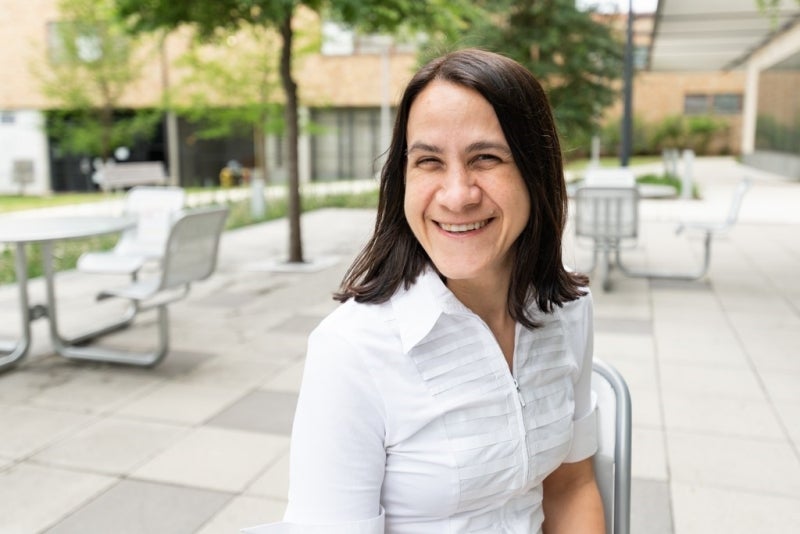Metal oxide nanocrystals doped with a few percent of aliovalent dopants become electronically conducting and support strong light-matter interactions in the infrared due to localized surface plasmon resonance (LSPR). Focusing on the prototypical material, tin-doped indium oxide (ITO), we have found that the strength and spectrum of light absorption depend non-trivially on nanocrystal doping, size, and the radial distribution of dopants. Conductivity of nanocrystal films also depends systematically on dopant placement within the nanocrystals, due to associated changes in the near-surface depletion layers. Coupling of LSPR between nanocrystals in assemblies allows realization of materials whose properties depend both on the distinctive characteristics of their nanoscale building blocks and on their organization. Nanocrystal gel assemblies are interesting because their porous, percolating structures can in principle lead to tunable (valence-dependent) material properties with dynamic reconfigurability. We use dynamic covalent chemistry to create reversible gels of ITO nanocrystals under conditions guided by thermodynamic theory and rationalized with the help of simulations. The infrared optical response of the gels is broadened by coupling between the LSPR of the nanocrystals. Since assembly is reversible, the ITO nanocrystals gels are switchable infrared absorbers. Overall, plasmonic metal oxide nanocrystals offer compelling opportunities as building blocks for dynamic and tunable optical and electronic materials.

Delia J. Milliron is the T. Brockett Hudson Professor and Department Chair of Chemical Engineering at the University of Texas at Austin. Dr. Milliron received her PhD in Chemistry from the University of California, Berkeley, in 2004. From 2004 to 2008 she worked for IBM’s research division, initially as a postdoctoral researcher and then as a member of the research staff. In 2008, she joined the Molecular Foundry, Lawrence Berkeley National Lab, where she served as the Director of the Inorganic Nanostructures Facility and later as the Deputy Director. Dr. Milliron’s research involves nanocrystal-based materials in which abundant interfacial area and confined volume produce drastically different properties than those of homogeneous bulk materials. Such properties represent a growing opportunity to design materials to meet simultaneous, sometimes disparate performance requirements for applications including electronics and clean energy.

